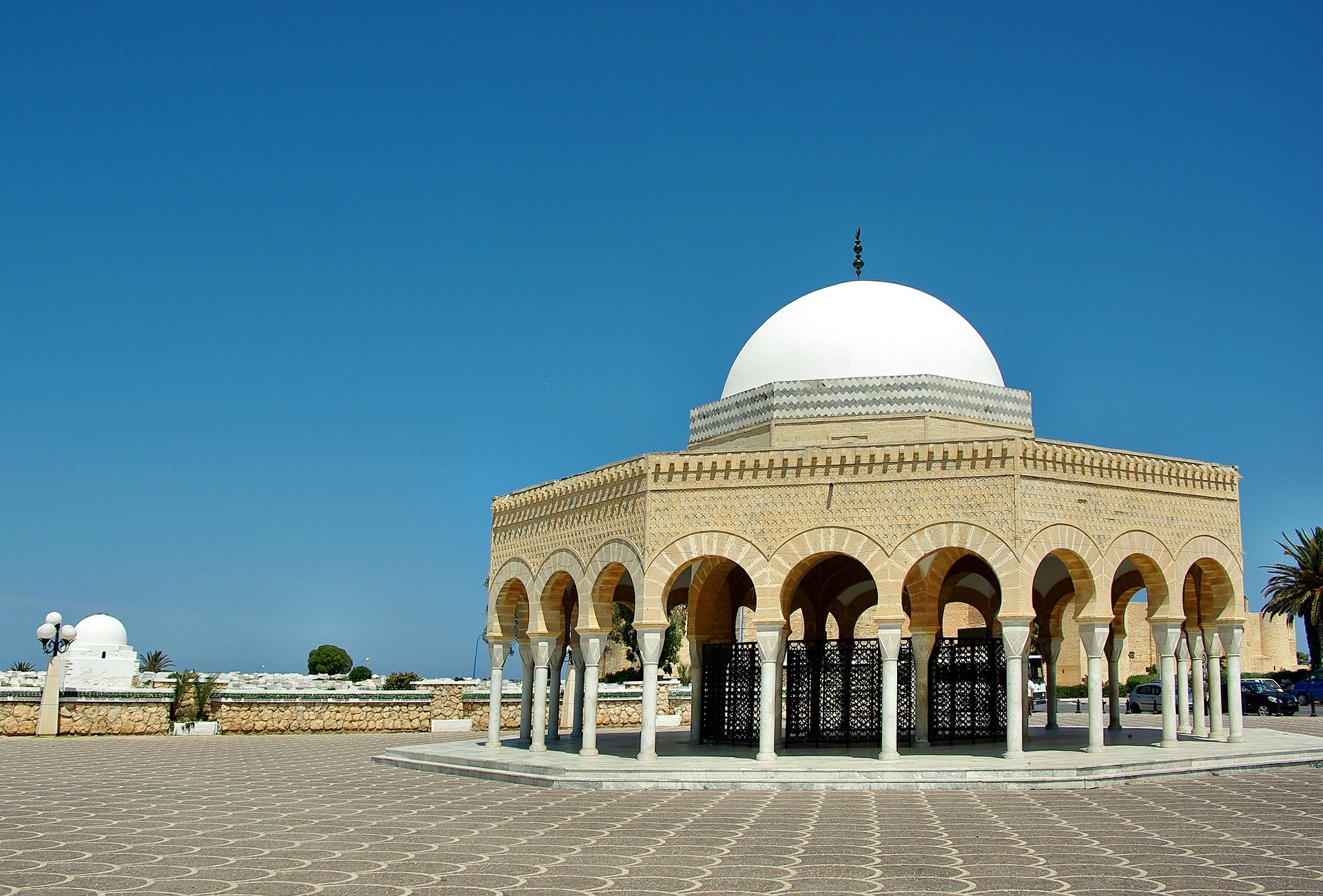Presentation
The Climatological Database ensures the sustainability of the meteorological observations made all over the NIM networks.
The volume of data, which have been collected since 1950, is growing every day and constitutes the climatological heritage of Tunisia.
26 basic stations measure 40 hourly parameters and 64 daily parameters.
70 minor stations measure 16 daily parameters.
An open system, with a recent version of the ORACLE-based CDMS, secures data and develops high-quality climate products to respond to the enquiries which are necessary for the different sectors, as soon as possible.
Organizing data within Database facilitates their use through structured applications for periodic use:
- Acquisition of recent data and filling up the Base Tables.
- Data quality control
- Interactive management allowing the visualization and updating.
- Calculation of data developed using computer programs.
- Permanent storage and archiving of all the climatological data.
- Provision of information, regular editing and dissemination of climate tables and statistical studies of climate.
- Elaboration and dissemination of CLIMAT messages at international scale.
- Use of methods that combine climate data, socio-economic and physical data to meet the needs of planners and decision-makers.
The major available data sets:
HOBS: Hourly data of Basic Stations.
QP: Daily data of Basic stations.
TSOL: Soil Temperatures.
PHENO: Meteorological phenomena.
RAIN: Rainfall data.
MOBS: Monthly data of Basic stations.
TCMS: Daily data of Minor stations.
MTCMS: Monthly data of Minor Stations.
NORMALS: Climate Normals.
RECM: Monthly Records.
PARAMETRE: Meteorological Parameters.
STATION: Stations Codebook.
NETWORK: Functioning of Observation Networks.









